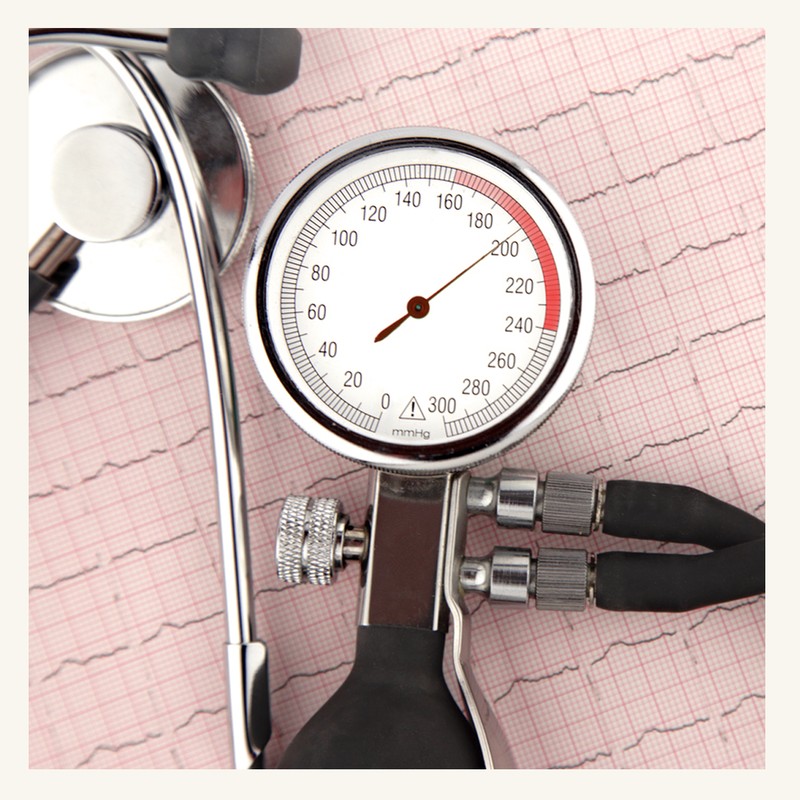
Cholesterol 101: What You Need To Know
Firstly, Understand What It Does
Going back to basics, cholesterol is a waxy substance found in the blood which has several important functions. It’s responsible for making vitamin D and creating hormones, and is also used to create bile, which helps break down the fats you eat. “However, too much of it in the bloodstream can lead to an increased risk of heart attack and stroke,” says Abbas Kanani, superintendent pharmacist for Chemist Click. “And the scary thing is that high cholesterol often comes with no symptoms – the only way to test your levels are via a blood test.”
Know The Different Types
“Cholesterol is lipophilic, meaning it dissolves well in fat,” explains Dr Deborah Lee, from Dr Fox Online Pharmacy. “This means it’s transported around the body in fat particles, which are referred to as lipoproteins and triglycerides. High-density lipoproteins (HDL) are said to be ‘good’ cholesterol, as they carry cholesterol away from the heart and to the arteries, to be cleared in the liver. A raised HDL level is generally good. Low-density lipoproteins (LDL), however, are ‘bad’ cholesterol – they carry cholesterol to your heart and arteries, where fatty plaques can develop. These then block the flow of blood. A raised LDL level is bad news. Very low-density lipoproteins (VLDL) and triglycerides are two other forms of bad cholesterol.”
Assess The Risk Factors
Although raised cholesterol is often due to dietary factors, there are other causes, says Deborah. “An underactive thyroid, obesity, high alcohol intake, anorexia, chronic kidney disease, and premature menopause all factor into the equation,” she tells SL. “At the same time, cholesterol levels can also be exacerbated by smoking (which is known to specifically raise levels of LDL cholesterol), obesity and too much salt in the diet.” Raised cholesterol is also more likely as you age, and is more common in people with South Asian, African or African-Caribbean backgrounds. “If you are going through the menopause, it could also be worth getting tested, as your cholesterol profile tends to change at and after the menopause,” Deborah adds.
Get To Grips With The Numbers
As a rough guide, total cholesterol should be less than 5mmol/L (millimoles per litre), LDL should be less than 3mmol/L and HDL should be less than 1mmol/L, says Deborah. “Your total cholesterol to HDL ratio should be less than four,” she adds. “You should have your cholesterol levels checked every five years if you are between the ages of 40 and 74 – this is part of your free NHS health check. However, if you have a close relative who has had a heart attack before the age of 55 in a man, or 65 in a woman, you should ask your GP for a cholesterol test.” Studies also suggest high cholesterol could be genetic, meaning you could be fit and not overweight with normal blood pressure, but still have high cholesterol levels. “Around one in 200 people are born with a genetic mutation that causes familial hypercholesterolaemia (FH). If you have this condition, cholesterol struggles to properly bind to LDL receptors and is removed too slowly from the blood, meaning your cholesterol levels remain high. People with untreated FH are 13 times more likely to have coronary artery disease than those who are treated.”
Always Fast Before A Test
Cholesterol testing typically involves your doctor or nurse taking a blood sample, which can usually give results within 24 hours. It’s best to book a test in the morning as you will likely be asked to fast for ten to 12 hours prior, to ensure any food ingested doesn’t impact your result.
Know The Blood Pressure Connection
If you have high cholesterol, chances are you also have high blood pressure. “Raised cholesterol and high blood pressure are both risk factors for cardiovascular disease,” Deborah explains. “When cholesterol levels are too high, fatty plaques – known as atherosclerosis – are deposited in the artery walls. As a result, the artery wall becomes stiffer and less able to cope with the pressure of the blood flowing through them. As a result, when cholesterol is raised, blood pressure is often raised, too. Even mildly elevated cholesterol can cause raised blood pressure.”
Take Action
“If a blood test shows you have raised cholesterol, your first step should be to reduce the amount of cholesterol in your diet,” says Deborah. “However, you need to think about your other risk factors for cardiovascular disease – all of these need to be lowered. For the best outcome, you need to address each one, as well as lowering your cholesterol. It takes time to improve these factors – remember it’s a marathon and not a sprint. It can take three to six months to lower cholesterol through diet and exercise, and this is generally achieved more quickly in men than in women.”
Here, the experts share their top tips for reducing cholesterol levels…
CUT BACK ON SATURATED FAT: “Avoid full-fat dairy products; fatty meat such as bacon, sausages, salami, pastries and pies; biscuits and cakes; butter, cream and cheese; coconut and palm oils; ice cream; and chocolate. For example, if you’re having pasta, have a tomato-based sauce instead of a creamy one.” – Deborah
SWITCH TO HEALTHIER FATS: “Eat more monounsaturated and polyunsaturated fats. Monounsaturated fats include avocados, olive, sesame and rapeseed oils, and nuts such as almonds, cashews and hazelnuts. Polyunsaturated fats include oily fish such as salmon, mackerel or trout, sunflower, soya, corn or sunflower oils and spreads, flax, pumpkin and sesame seeds and walnuts.” – Deborah
READ FOOD LABELS: “The traffic light system used on food labelling is your friend. Look for foods with green labels, which mean the food contains less than 1.5g of saturated fat per 100g. Red labels, meanwhile, indicate a product is high in saturated fat and should be avoided. Don’t get confused, however, as nuts are often red, although these are healthy fats that you should eat more of.” – Deborah
EAT MORE FIBRE: “Fibre bulks out the intestines and stimulates the passage of food through the gut. As food moves along, the fibre content helps reduce the absorption of cholesterol into the bloodstream.” – Deborah
STAY ACTIVE: “Exercise can help with the management of so many conditions, both physical and mental, and cholesterol is no exception. Being active helps your body move the bad cholesterol to your liver, where it can be removed from your system. It also helps you maintain a healthy weight, which contributes to looking after your cholesterol and heart.” – Dr Dan Bunstone, NHS GP and chief medical officer at Push Doctor
SWAP BUTTER FOR BENECOL: “The likes of Benecol and Flora ProActiv contain plant sterols, which can naturally lower cholesterol. If you take in 1.2-2.4g of plant sterols per day, you can lower your cholesterol by 10%. As a general rule, aim for two to three portions of fortified products – milks, spreads and yoghurts – per day.” – Deborah
STOCK UP ON CHOLESTEROL SUPERFOODS: “Oats are an excellent, cholesterol-friendly food, while avocados are a great source of unsaturated fats. Mash an avocado and serve on a slice of wholegrain toast or make your own guacamole. Baked beans on toast is also a fantastic cholesterol-lowering meal. At the same time, flaxseed and green tea may lower LDL cholesterol, fish oil may help reduce triglycerides and garlic may reduce total cholesterol.” – Deborah
GIVE SHELLFISH & EGGS THE GREEN LIGHT: “Egg yolks are rich in cholesterol, but this shouldn’t be a problem for most people, as the cholesterol in eggs doesn’t have a significant effect on blood cholesterol. Around three to four eggs per week is absolutely fine. There is also a generally held belief that shellfish raises cholesterol levels. This may be because shellfish contains less omega-3 and marginally more cholesterol than other types of fish. However, shellfish isn’t high in cholesterol, and some cholesterol is needed in the diet.” – Deborah
Statins Could Be An Option
If your cholesterol is very high and lifestyle changes aren’t enough to bring levels down, your GP may suggest medication. “The most commonly prescribed medication is statins, which have been extensively researched and thought to be generally safe in clinical practice,” Deborah explains. “Statins work by inhibiting the liver enzyme that your body needs to produce cholesterol – they can lead to a fall in LDL and a rise in HDL (‘good’) cholesterol. Although statins are very effective, they aren’t suitable for everyone, and taking them can slightly increase your risk of developing Type 2 diabetes. Once you start taking statins, you will most likely be advised to stay on them for life.” Dan adds that you may be prescribed other medication, such as ezetimibe and PCSK9 inhibitors, and that your GP may refer to you to a lipid clinic if they feel this is necessary.
For more information visit DoctorFox.co.uk, ChemistClick.co.uk and PushDoctor.co.uk
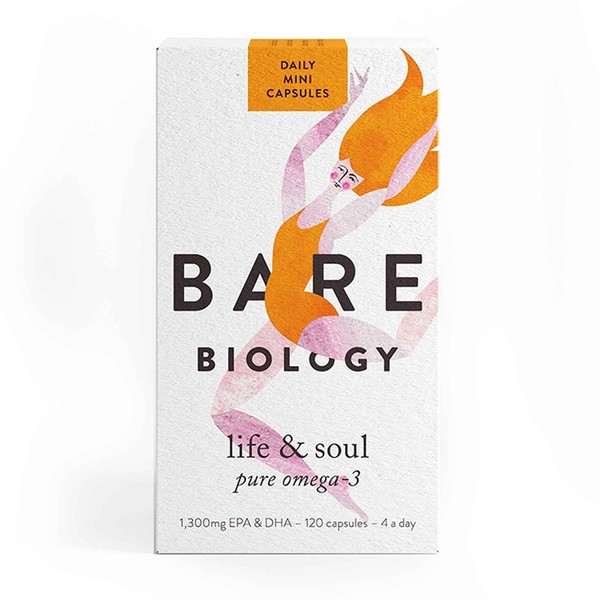
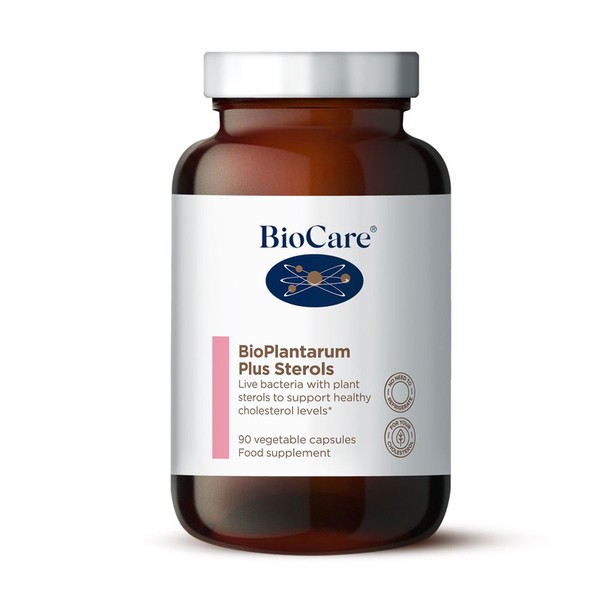
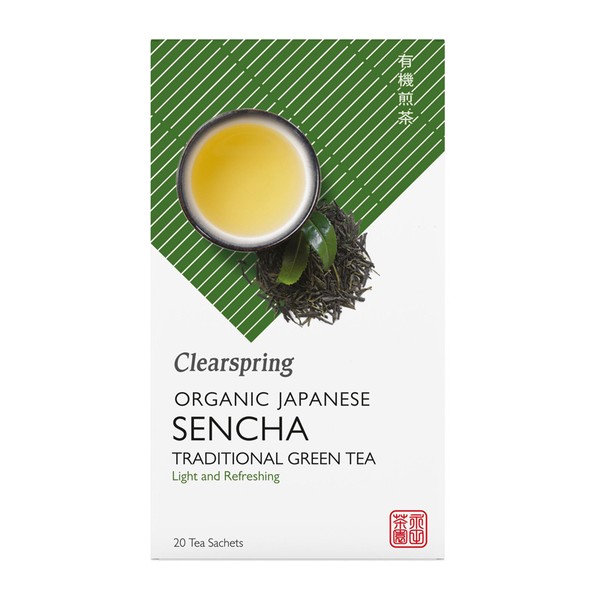

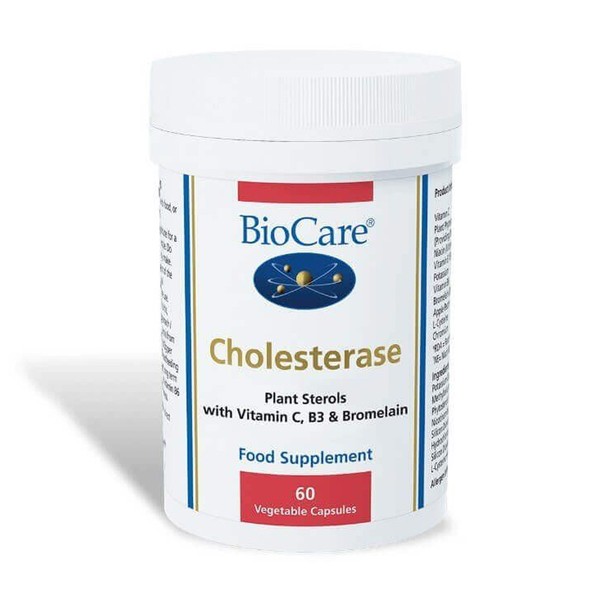
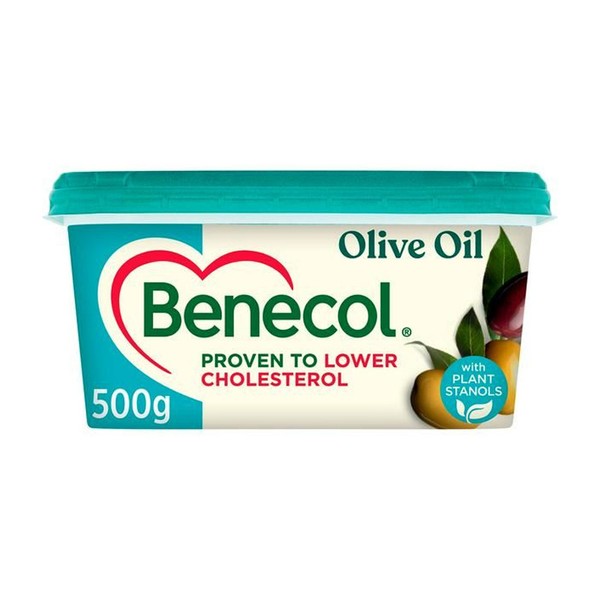
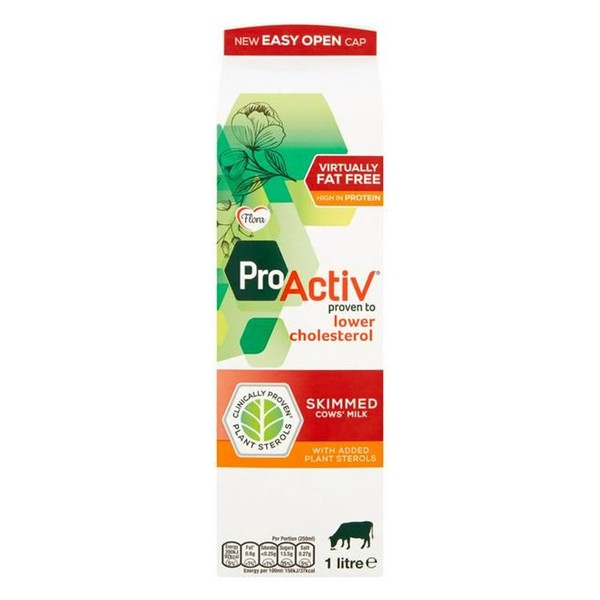
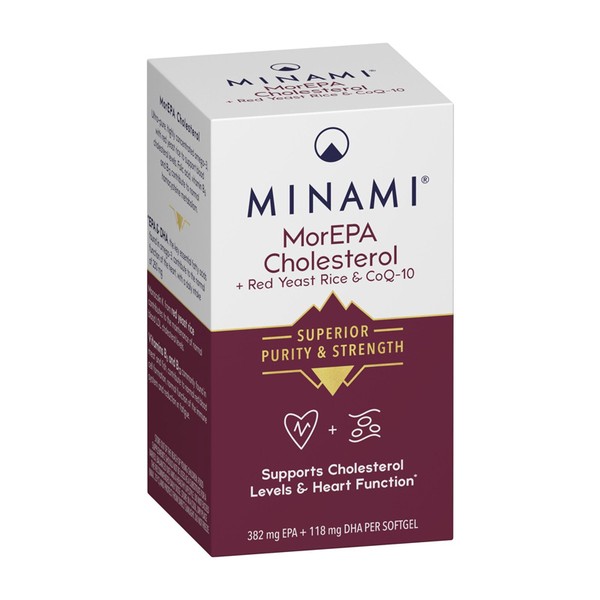
DISCLAIMER: Features published by SheerLuxe are not intended to treat, diagnose, cure or prevent any disease. Always seek the advice of your GP or another qualified healthcare provider for any questions you have regarding a medical condition, and before undertaking any diet, exercise or other health-related programme.
DISCLAIMER: We endeavour to always credit the correct original source of every image we use. If you think a credit may be incorrect, please contact us at info@sheerluxe.com.

